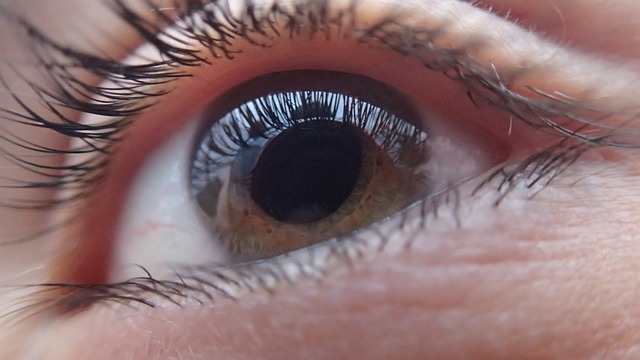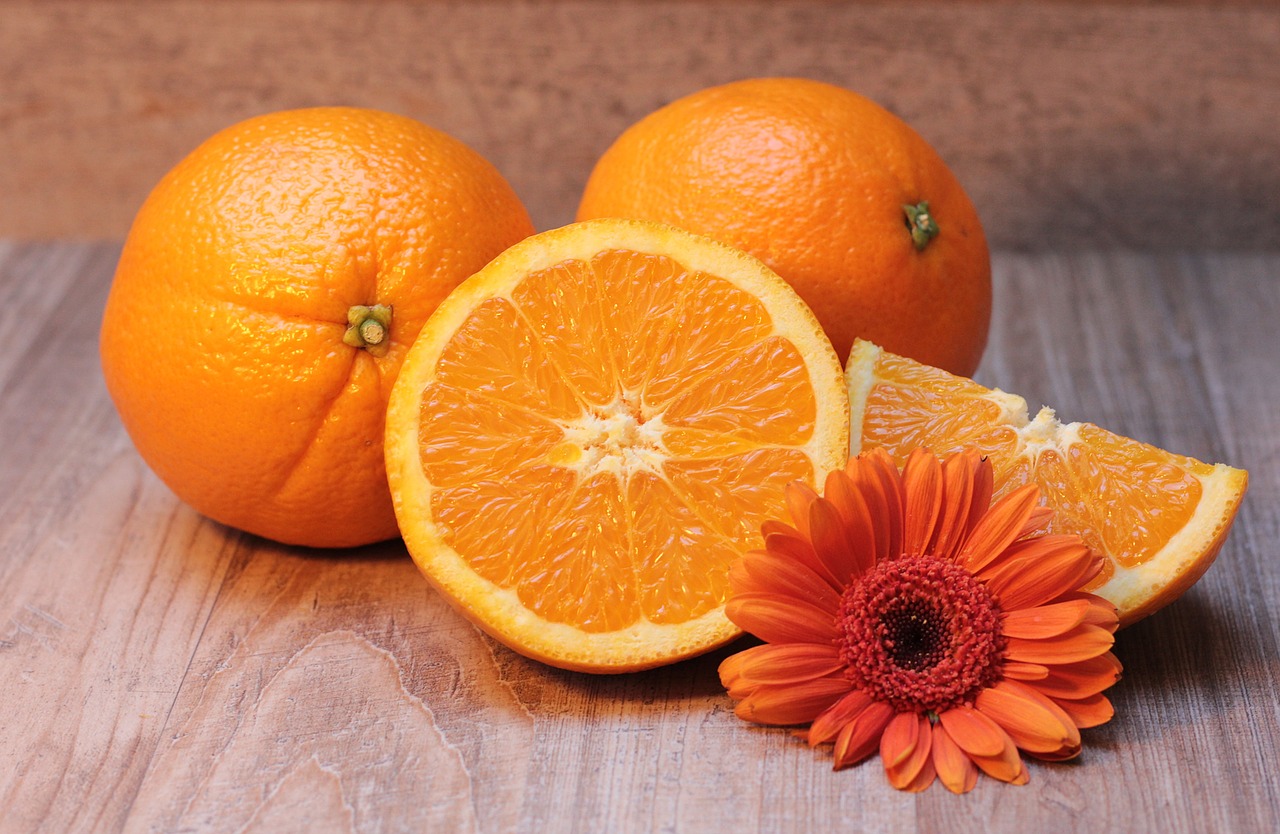Glaucoma Awareness Week starts from March 6th – 12th and to increase the visibility of this debilitating eye condition it’s vital to assess what it is and how it affects eye health in the long term.
Glaucoma is a group of eye conditions that affect the optic nerve and if left untreated, can lead to blindness. It’s usually caused by abnormally high pressure in the eye and it’s considered to be the leading cause of blindness worldwide. It can affect any age group and is especially common in older adults. Many people don’t even realise that they have the symptoms of glaucoma as there are usually no early symptoms or pain unless the condition is very severe.
There are different kinds of glaucoma and these include ‘open angle’, ‘closed angle’ or ‘angle closure’.
Open Angle Glaucoma is caused by the drainage canals being slowly clogged, resulting in an increase in eye pressure. It also has a wide and open angle between the iris and the cornea. It develops slowly and is a lifelong condition with symptoms and damage that are not easily noticed.
Angle-Closure Glaucoma is less common and is caused by blocked drainage canals that result in a sudden rise of intraocular pressure. It has a closed or narrow angle between the iris and the cornea and the condition can develop quickly, although the symptoms and any damage are usually noticeable. It may also demand immediate medical attention.
Normal-Tension Glaucoma (NTG). This is a low tension or normal-pressure glaucoma which in normal tension glaucoma is where the optic nerve is damaged, even if the eye pressure isn’t very high.
Other forms of glaucoma can include secondary glaucoma, pigmentary glaucoma, pesudoexofoliative glaucoma, traumatic glaucoma, neovascular glaucoma, irido corneal endothelial syndrom (ICE) and uveitic glaucoma.
Taking the Right Nutrients for Glaucoma
While there is no definitive way of avoiding glaucoma, it is possible to prevent many of the symptoms that occur by taking the right nutrients and following a really healthy diet and lifestyle plan. The nutrients that can help with providing relief for glaucoma include Lutein, Zeaxanthin, Coleus Forskohlii, Lutein, Vitamin B3 and E all of which can support good eye health. These nutrients are best taken in the form of Ocular Spray™, available from Good Health Naturally.
Herbs like Bilberry, Eyebright and Gingko Biloba can improve blood flow circulation to the eyes, encouraging the uptake of oxygen and nutrients to this area. These nutrients are best found in ReVision Formula™ available from Good Health Naturally.
Serrapeptase can clear any inflammation within the eyes while Alpha-Lipoic Acid is an important antioxidant for supporting eye health and repairing oxidative damage. The Serra Enzyme 80,000IU formula from Good Health Naturally is recommended for this purpose. Omega 3, 6 and 9 oils can provide support for cell protection, stabilisation of blood sugar levels and protection of cell membranes. The Krill Miracle™ or Hemp Seed Oil are highly suggested for this purpose.
The powerful antioxidant known as AstaXanthin can also provide support for healthy eyes. The recommendation is to take AstaXanthin™ with DHA from Good Health Naturally for this purpose.
The ‘Improving Eye Disease in 30 Days’ eBook by Robert Redfern of Naturally Healthy Publications is recommended as it contains a detailed health, lifestyle and nutrient plan that can guide anyone towards improved eye health in the long term. It is available for free here on via Amazon (US) and (UK).
Avoid all starchy carbs, grains, sugary and processed foods if you want to regain good eye health. Many of these foods promote inflammation in the body and can exacerbate eye conditions. Instead, choose to eat plenty of leafy green vegetables (as backed by various studies), fruits, nuts, seeds and legumes (consider eating Really Healthy Pasta™ if you want a change from legumes) as these are best eaten if you are looking to improve your eye health in the long term.





